Top Things to Know Before Buying a Vegetable Garden Layout
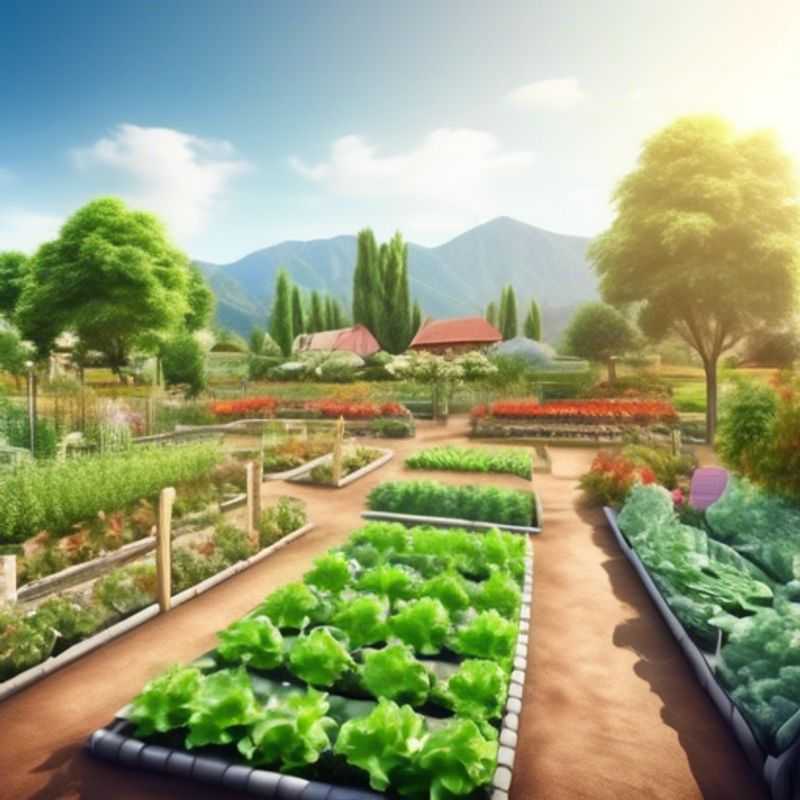
Top Things to Know Before Buying a Vegetable Garden Layout: A Practical Guide
Planning a vegetable garden is an exciting endeavor, but a little forethought can lead to a bountiful harvest and a rewarding gardening experience. Before you start digging, here are some key considerations to ensure your garden is both productive and enjoyable:
Determine the size and layout of your available garden space.
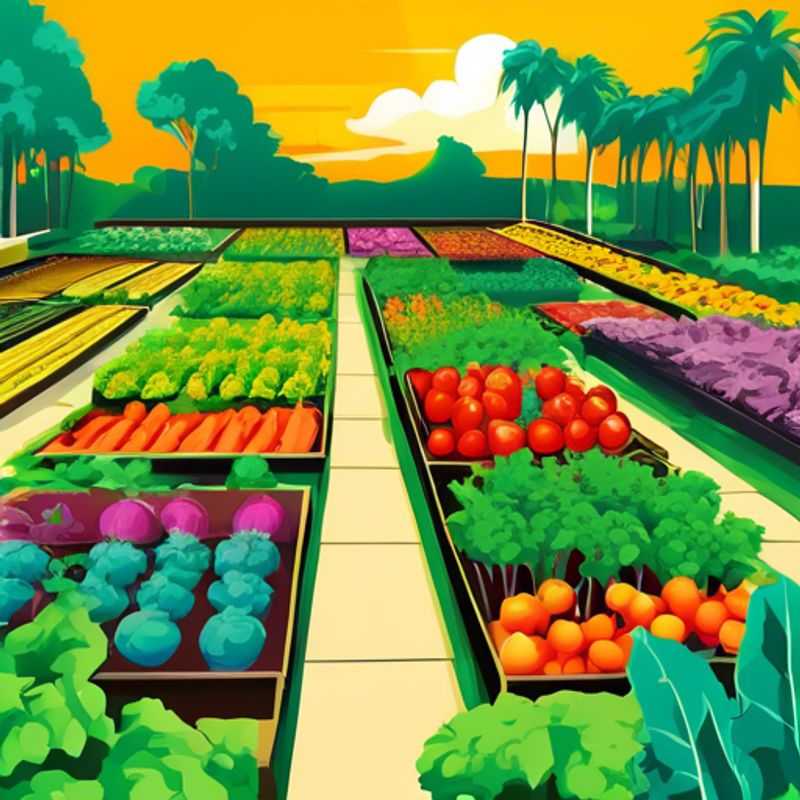
Planning Your Garden: Determining Size and Layout
Knowing the size and layout of your garden is crucial for planning your garden space effectively. Before you start planting, take some time to assess your available space. This will help you determine what to plant, where to place your plants, and how to create a layout that works best for you.
First, measure the dimensions of your garden area. Use a measuring tape to determine the length, width, and any irregular shapes. You can use a simple grid system to mark the dimensions. This will give you a clear idea of how much space you have to work with.
Next, consider the layout. Pay attention to the following factors: Sunlight exposure, water access, soil type, and any existing structures or obstacles. It's important to note where the sun hits your garden at different times of the day. This will help you decide which plants will thrive in your garden. Water access is another crucial factor to consider. Ensure you have easy access to a water source for watering your plants.
Now, create a rough sketch of your garden layout, noting the existing elements and desired features like flower beds, pathways, and seating areas. This is a helpful visual aid to plan your garden and decide which plants will thrive in the allocated space. You can also use gardening apps or software to help you with the planning process.
Remember that your garden plan is not set in stone. You can adjust it as you learn more about your garden and your needs. Gardening is a continuous learning process, and it's best to be flexible and open to adapting your plans as you go.
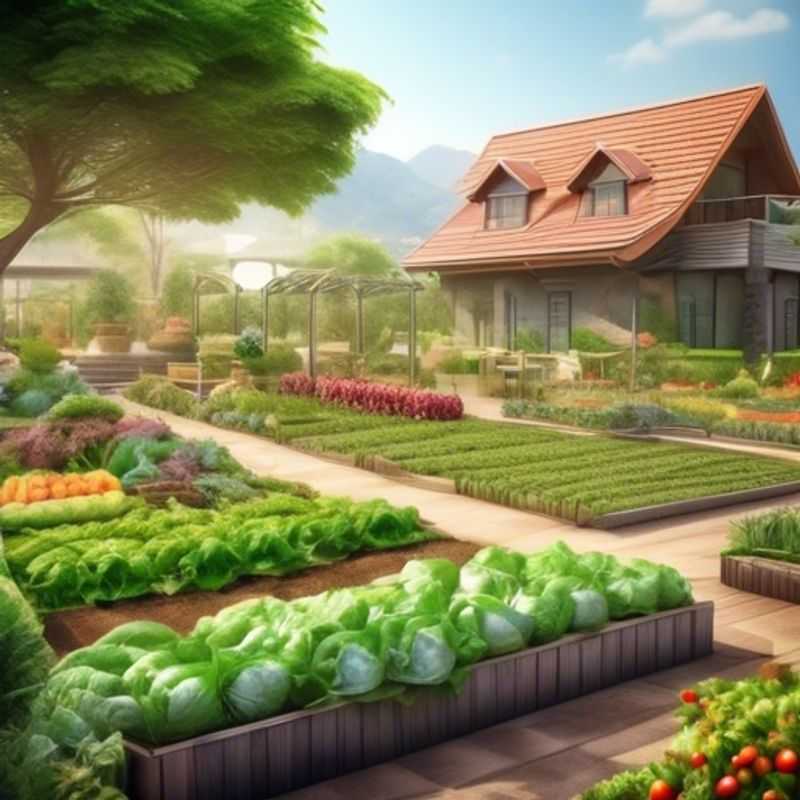
Sunlight Secrets: Matching Vegetables to the Perfect Light
Understanding the sunlight requirements for different vegetables is crucial for successful gardening. Sunlight is essential for photosynthesis, the process by which plants convert light energy into food.
Generally, vegetables can be categorized into three groups based on their sunlight needs:
Full Sun: These vegetables need at least 6 hours of direct sunlight daily. Examples include tomatoes, peppers, cucumbers, beans, and squash.
Partial Sun: These vegetables thrive in 4 to 6 hours of direct sunlight. Examples include lettuce, spinach, carrots, and broccoli.
Shade: These vegetables prefer filtered sunlight or shady conditions. Examples include leafy greens like kale and Swiss chard, and root vegetables like beets and radishes.
It's important to note that these are general guidelines, and specific varieties may have slightly different requirements. Refer to seed packets or plant tags for precise information on sunlight needs.
Planning your garden with consideration for sunlight requirements will ensure that your vegetables receive the optimal amount of light for healthy growth and abundant harvests.
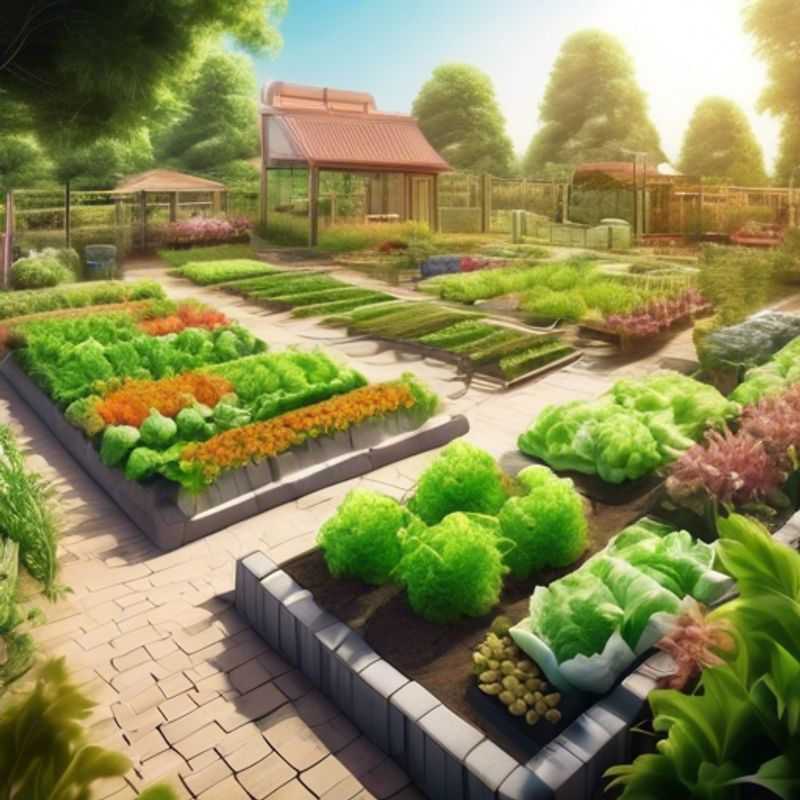
Vegetable Gardening: Planning for Success with Growth Habits and Spacing
Understanding the growth habits and spacing needs of each vegetable is crucial for maximizing your garden's yield and ensuring healthy plant development. This knowledge allows you to optimize your planting plan, providing ample space for each plant to thrive while preventing overcrowding and competition for resources.
Spacing refers to the distance between plants, which varies depending on the vegetable type and its mature size. Growth habits, on the other hand, encompass a plant's overall structure and how it spreads. These factors influence how much space each plant needs to grow effectively.
For instance, tomatoes, which are indeterminate vines, need significant vertical space to grow upwards. Conversely, bush beans, with their compact growth habit, require less vertical space. Root vegetables, such as carrots and beets, need ample horizontal space for their roots to develop.
Proper spacing ensures optimal access to sunlight, water, and nutrients. Overcrowding leads to stunted growth, disease susceptibility, and reduced yields. The right spacing allows plants to develop a strong root system, access sufficient sunlight for photosynthesis, and avoid competing for water and nutrients.
To determine the appropriate spacing, consult planting guides or seed packets. These resources provide specific recommendations based on the vegetable type and variety. You can also learn from experienced gardeners or online resources for additional guidance.
Remember that proper spacing is a key component of successful gardening. By understanding the growth habits and spacing needs of your vegetables, you'll create a thriving garden that produces abundant harvests.
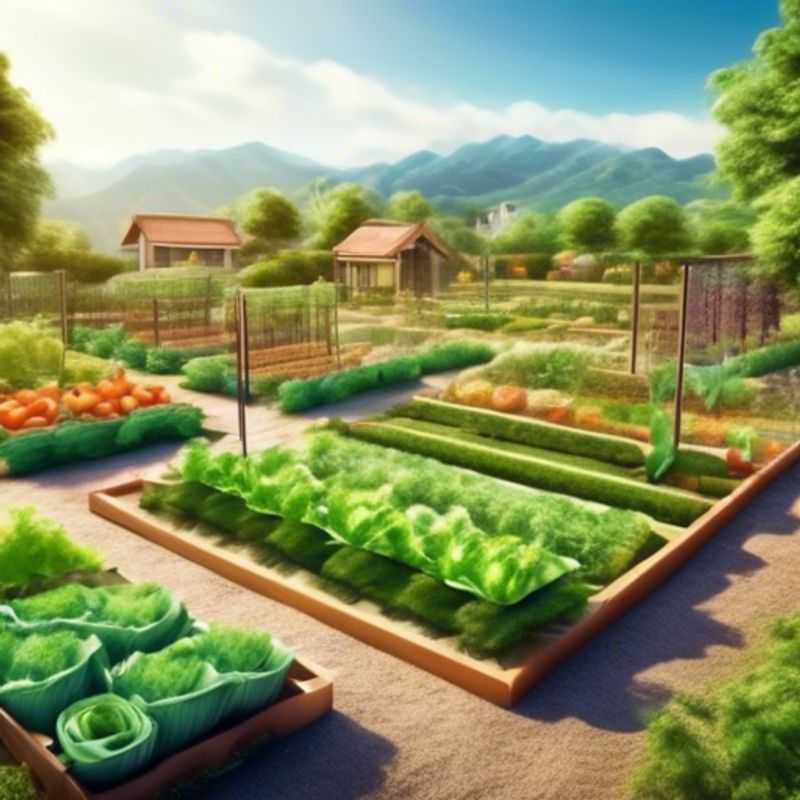
Taming the Vertical: Efficient Space Utilization with Trellises and Cages
Vertical gardening with trellises or cages is a great way to maximize your growing space. You can grow more plants in a smaller area, and it can also improve air circulation and reduce the risk of plant diseases.
When planning your vertical garden, consider the following tips:
Choose the right trellis or cage: There are many different types of trellises and cages available, so choose one that's appropriate for the plants you want to grow and the amount of space you have.
Prepare the soil: Make sure the soil is well-drained and rich in nutrients. You can add compost or other organic matter to improve the soil quality.
Plant your plants: Space your plants according to their specific needs. Some plants will need more space than others.
Train your plants: As your plants grow, train them to climb the trellis or cage. You can do this by tying the stems to the trellis or cage with twine or other materials.
Maintain your garden: Water your plants regularly and fertilize them as needed. You may also need to prune your plants to keep them in check.
Here are some tips for efficient use of vertical space:
Use hanging baskets: Hanging baskets are a great way to add plants to your garden without taking up any floor space.
Grow vining plants: Vining plants, such as cucumbers, tomatoes, and beans, are perfect for vertical gardening. They can grow quickly and produce a lot of food.
Use a multi-level trellis: A multi-level trellis allows you to grow more plants in the same area. You can also use different heights to create a more visually appealing garden.
Consider using a vertical garden system: There are many different vertical garden systems available, such as wall-mounted planters and modular systems. These systems can help you grow vegetables, herbs, and even flowers in a compact space.
By following these tips, you can create a beautiful and productive vertical garden that will provide you with fresh food and flowers for years to come.
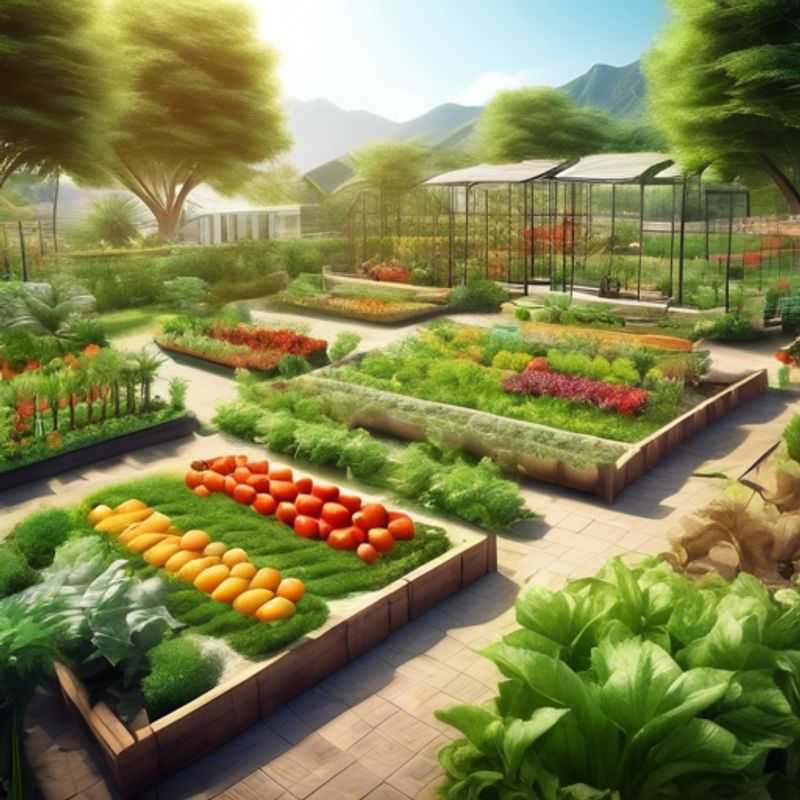
Maximize Space and Deter Pests: Companion Planting for Efficient Gardening
Companion planting is a gardening technique that involves strategically placing different plant species together to enhance their growth and deter pests. This practice offers multiple benefits, including maximizing space and promoting natural pest control.
To effectively implement companion planting, it is essential to understand the specific relationships between plants. Some plant combinations can result in mutual benefits, while others may have negative interactions. Researching compatible plant pairings is crucial for success.
For instance, planting basil near tomatoes can deter aphids and other pests while attracting beneficial insects. Similarly, marigolds are known to repel nematodes, making them an excellent companion for various vegetables.
Remember that companion planting is not a magic bullet; it is an integral part of a comprehensive pest management strategy. By understanding plant interactions and utilizing companion planting techniques, you can create a healthier and more productive garden while promoting sustainability.
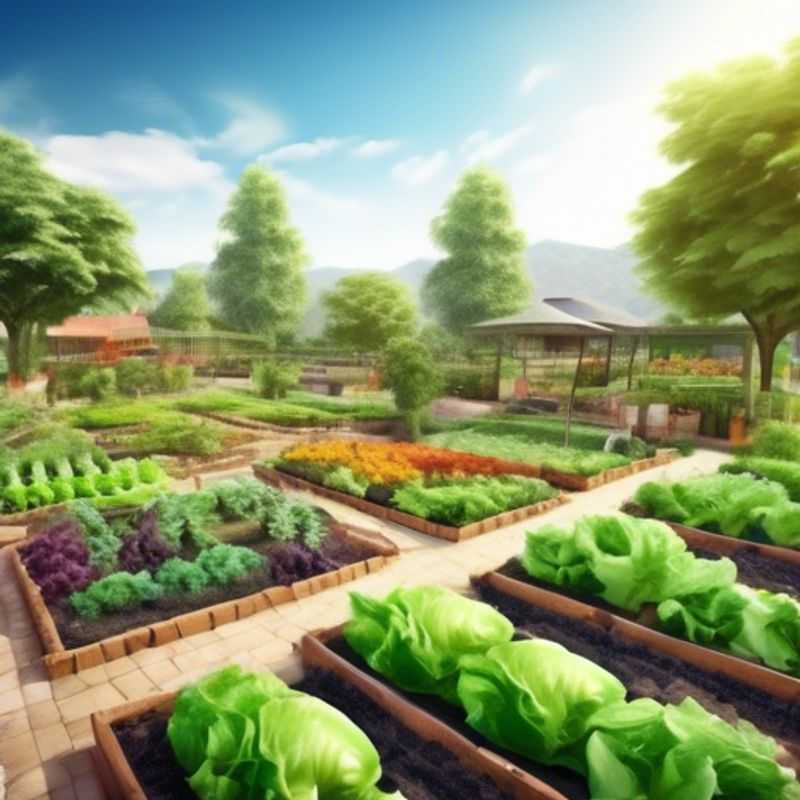
Create Easy Access: Pathways for Garden Maintenance
Well-designed pathways are the backbone of a functional and enjoyable garden. They facilitate easy access to all areas, simplifying maintenance tasks and enhancing overall usability. Here's a concise guide to creating pathways that prioritize both efficiency and aesthetics:
1. Planning and Design: Begin by sketching out your garden layout, identifying key areas you want to access and the flow of movement you desire. Consider the size and shape of your garden, and factor in existing elements like trees, shrubs, and water features.
2. Material Selection: The ideal pathway material depends on your budget, style preference, and local climate. Durable options include gravel, pavers, stepping stones, or even decomposed granite.
3. Installation: For gravel paths, simply spread a layer over the desired area and compact it firmly. Pavers and stepping stones require a more involved installation, often involving excavating and laying a base of sand or crushed stone. Consider professional installation if you lack experience or are working with large areas.
4. Maintenance: Regularly weed pathways and remove debris. Depending on the material, occasional leveling and replenishing may be required. For gravel paths, topdressing with fresh gravel can help maintain a smooth surface.
5. Sustainability: Opt for locally sourced materials whenever possible. Consider using permeable paving materials like gravel or permeable pavers, which allow rainwater to infiltrate the ground, reducing runoff and erosion.
6. Budget: Cost estimates for pathway installation vary widely based on materials, size, and complexity. Expect to spend anywhere from a few hundred dollars for simple gravel paths to several thousand dollars for complex, professionally installed paver pathways.
Creating pathways that effectively blend function and form can significantly enhance your garden's usability and aesthetic appeal. With careful planning and attention to detail, you can create a network of paths that both facilitate garden maintenance and inspire enjoyment for years to come.
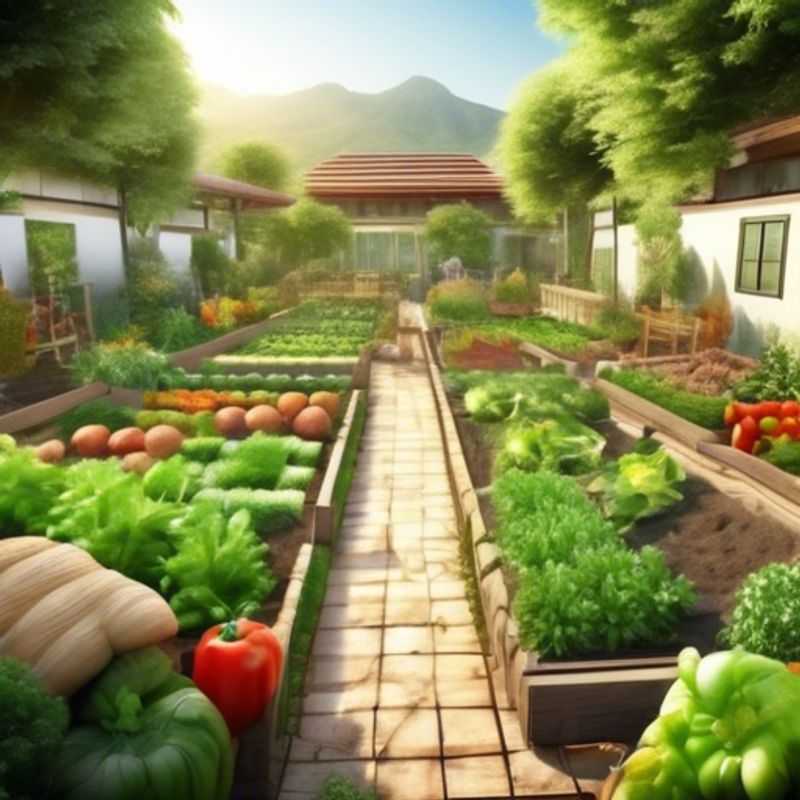
Choosing the Right Layout for Efficient Water Usage and Drainage
Optimizing water usage and drainage in your landscape is crucial for efficient water management and a healthy ecosystem. Proper layout design plays a key role in achieving this goal.
Here are some important considerations:
Slope and Grading: A gentle slope, ideally between 2% and 5%, allows for effective runoff and prevents water pooling. This slope guides rainwater towards designated drainage areas, such as swales or downspouts.
Swales and Rain Gardens: These are designed to capture and filter rainwater, reducing runoff and promoting infiltration. Swales are shallow, gently sloped channels that collect water, while rain gardens are planted depressions that absorb and purify stormwater.
Permeable Paving: Using permeable pavers or gravel pathways allows rainwater to infiltrate the ground, reducing surface runoff and replenishing groundwater reserves. This reduces the strain on storm drains and helps minimize erosion.
Plant Selection: Choosing drought-tolerant native plants that require less watering is crucial for water conservation. These plants are adapted to the local climate and require minimal irrigation, saving you money and water resources.
Mulch: Applying a layer of organic mulch around plants helps retain moisture, reducing the need for frequent watering. Mulch also prevents soil erosion and weed growth.
Downspouts and Gutters: Directing downspouts and gutters away from your foundation using rain barrels or extending them to permeable areas like rain gardens effectively manages stormwater runoff, preventing foundation damage and encouraging infiltration.
Xeriscaping: This is a landscaping approach that prioritizes drought-tolerant plants and water-efficient design elements. Xeriscaping significantly reduces water use while maintaining a beautiful and sustainable landscape.
By incorporating these principles into your landscape design, you can effectively manage water usage, minimize drainage issues, and create a sustainable and resilient environment.
